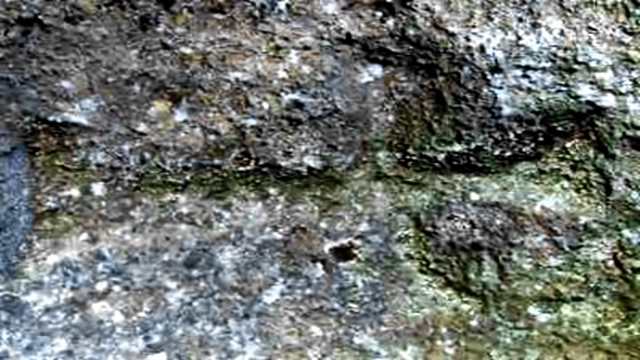The history of Iceland is rich and complex. In the Book of Icelanders, written by Ari Þorgilsson in the 1120s, we learn about the first Scandinavian settlers arriving around 870 AD. Ari describes a time when Iceland was lush with forests and inhabited by Christian people known as the “Papar.” These early inhabitants, believed to be Irish, eventually left due to conflicts with the incoming heathen settlers. They left behind Irish books, bells, and crosiers as evidence of their presence.
Another historical text, the Book of Conquests, supports Ari’s account. It mentions “English books” that suggest contact between Iceland and Ireland during this period. However, the specific books referenced remain a mystery.
One significant source is the Irish monk Dicuil, who wrote a geographical work called De mensura orbis terrae around 825 AD. In it, he mentions an island called Thule, which he claims is a six-day journey from Britain. Dicuil describes meeting clergymen who had spent time on Thule, noting that during the summer solstice, it was so bright at night that one could even see to pick lice from their clothes. If Thule refers to Iceland, it suggests that people visited the island before the Scandinavians settled.
Despite these accounts, no solid evidence of human presence in Iceland before 871 AD has been found. Most researchers believe that if Irish hermits did visit, it was only occasionally and had little impact on the Scandinavian settlement. However, in his recent book, Into the Ocean, archaeologist Kristján Ahronson presents compelling evidence that people from the British Isles were in Iceland long before the Scandinavians.
Ahronson points to place names in Southeast Iceland that include “Papar,” such as Papafjörur and Papey. While some researchers argue these names may have originated later, Ahronson believes they date back to the time of the first Scandinavian settlers and their encounters with the Papar.
Central to Ahronson’s argument are about 200 man-made caves found mainly in southern Iceland. The origins of these caves are largely unknown. Ahronson studied two caves, Kverkarhellir and Seljalandshellar. In Kverkarhellir, he found rock remains that he interprets as debris from the cave’s construction. While no artifacts or dateable organic material were found, Iceland’s volcanic ash layers can help date finds. The famous “land-taking tephra,” which dates back to an eruption in 871 AD, has no evidence of human presence below it. However, Ahronson argues that some debris he identified predates this layer, possibly dating back to around 800 AD.
Ahronson also uses a method he calls “tephra contouring.” This technique involves recording the contours of volcanic ash layers in three dimensions. He theorizes that without human influence, the area around Kverkarhellir would have been forested. The ash layer from the 871 eruption should show holes where tree trunks were. However, while a later ash layer from 920 AD contained such holes, the 871 layer did not. This suggests that the landscape was cleared of trees before the eruption.
Additionally, Ahronson examines crosses carved into the walls of the caves. By comparing these with early medieval crosses from the British Isles, he finds similarities, particularly with crosses from western Scotland. This provides further evidence of connections between Iceland and the British Isles in the 7th and 8th centuries.
Ahronson’s methods are innovative, and his findings are intriguing. If the dating of Kverkarhellir is confirmed, it could indicate human presence in Iceland before the Norse settlement began. However, without artifacts or organic material, it remains uncertain whether the rock remains are indeed evidence of human activity. The reliability of “tephra contouring” also needs further validation through additional studies.
Despite the exciting results presented in Into the Ocean, many questions remain. If the caves were created by immigrants from the British Isles, how much labor and time would have been required? Wouldn’t this imply a larger population was present in Iceland for an extended period, rather than just a few clergymen for six months? Furthermore, if extensive deforestation occurred before 871, why is there no evidence from pollen analyses to support this?
In conclusion, Ahronson’s book offers fascinating insights into Iceland’s early history, but it also highlights the need for further research. The possibility of Irish monks arriving in Iceland before the Scandinavian settlers opens up new avenues for exploration. As we continue to study this rich history, we may uncover more about the early inhabitants of Iceland and their connections to the British Isles.

